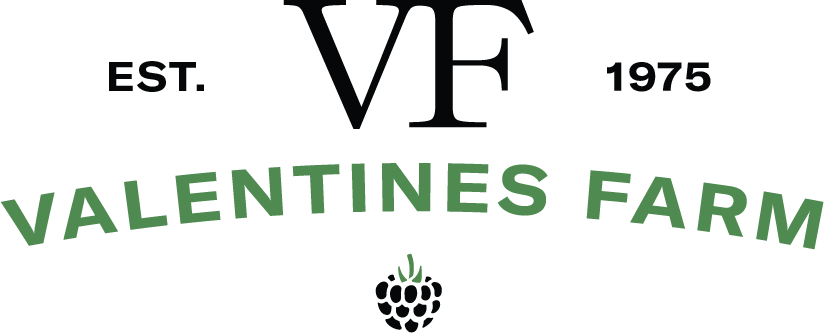Earth and Cosmos
The life of plants, more so than animals and humans, is directly dependent on cosmic rhythms. Since plants do not have a will of their own, their life is directly linked to the landscape in which they grow. They cannot go out searching for food, shelter, or warmth. Instead they are receptive to, and at the mercy of, all external forces. They are tied to the rhythms of the sun (day and night), the seasons, the weather, the moon, and the starry constellations. Ancient civilizations were innately aware of these rhythms and their influence on the natural world. Today, with intention, we bring the bigger cosmic picture into our work as farmers which in turn enhances our practices and the quality of our produce.
What are cosmic rhythms and how do they influence farming?
We cannot deny the influence of the Sun on plant life which can be observed in their green color, how they stretch towards the light, open their flowers and shift their leaves to follow sunlight throughout the day. But, what role does the Moon, and the rest of the Cosmos play?
The Moon has a strong effect on water, the carrier of all life, and the watery element; the ocean tides and the upward and downward flow of sap, are examples of this connection. The effects of the Moon are less documented, but in the early 1940s, an avid German gardener named Maria Thun embarked on a life-long journey studying and formally documenting the influence of the cosmos on germination, transplant ease, growth, storing ability, and flavor of crops, and arrived at some very interesting conclusions that became the basis for what we know today as the biodynamic planting calendar.
The biodynamic planting calendar focuses on the four elements (Earth, Water, Air and Fire) in relation to roots, leaves, flowers, and fruits, respectively, and the time in which the moon passes in front of a constellation that is related to one of the elements. For example, roots like beets, carrots and onions are better sown on a so-called “root day” when the Moon passes in front of an Earth constellation like Taurus.
Other lunar rhythms involve the position of the Moon in the sky. During an ascending Moon (when each day the Moon makes a higher arc through the sky), there is a stronger upward flow of sap and farmers can take advantage of this to harvest flowers, seeds, or fresh fruit for improved flavor, aroma and vase life. Descending moons are best for transplanting crops, mowing hay, or cutting firewood since the sap tends to stay lower in the plant, towards the roots, resulting in easier to dry hay and wood.
Times of transition or ambiguity are called “grey days”, and are observed when nodes or eclipses occur or during the Moon’s apogee (Moon furthest from the Earth) and perigee (Moon closest to the Earth). These times are not recommended for sowing seeds since an influx in energy may negatively affect germination and plant development.
The best sowing time is generally, two days before a full Moon (granted there is adequate moisture in the soil) during which reproductive forces are stronger on Earth, impregnating the nascent seeds and resulting in better germination rates.
So, with all this new information, you may be asking yourself – ‘isn’t caring for plants challenging enough?’. Farmer Francisco shares his perspective on farming with the cosmos:
“Bringing awareness of what is going on “up there” frames my daily work into a larger picture,” he says. “It’s a reminder that our small farm, our tiny seeds, and our little interventions are all connected and full of meaning” he continues. “It is exciting to sow a seed and grow food knowing that it has a little extra help from the stars and from us. It makes me hopeful and responsible at the same time.”
With that, you may be wondering how to start this on your own farm or backyard garden –‘where should one begin?’. Francisco suggests starting small; maybe hang a biodynamic calendar in your bedroom or kitchen and sow seeds two days before the full Moon. For the more curious, run a couple of experiments on your own! But always remember, do not limit yourself based on the calendar. The biodynamic calendar is meant to serve as a tool and a guide - weather conditions and your schedule play the most important role. Lastly, remember to have fun with it – it is a journey!


